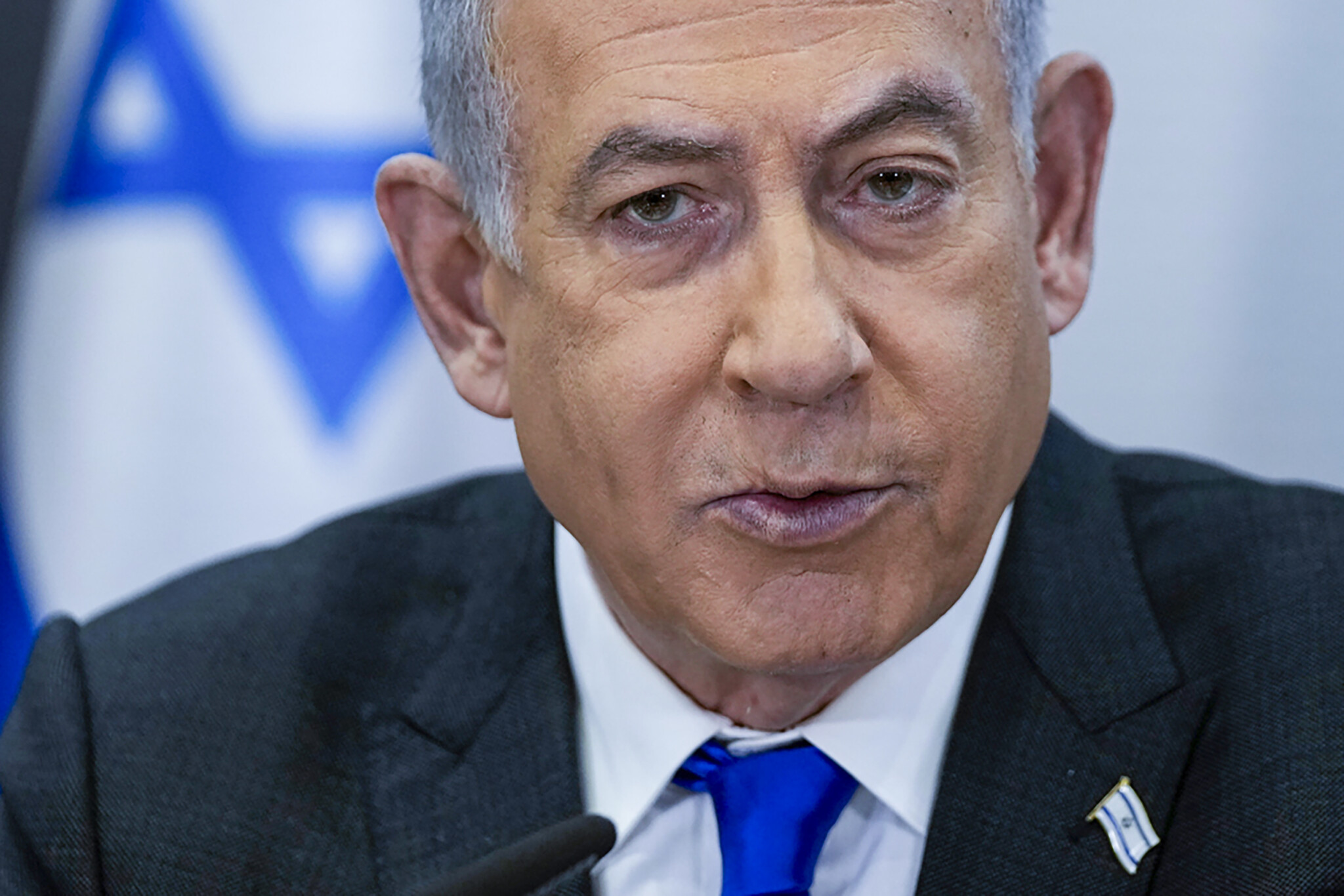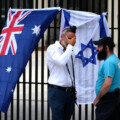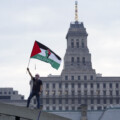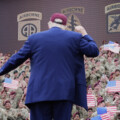The videos were hard to miss and, until you figured out what was happening, shocking. Surveillance cameras captured scenes of seemingly ordinary people going about their day, shopping, walking on the street, when suddenly there’s a sharp puff of smoke and chaos as people scatter and one young man—it’s invariably a young man—is left writhing on the ground in pain.
These are the fuzzy images of one of the most sophisticated military operations ever carried out. Details are still sketchy, but what we know is that somehow Israeli intelligence was able to booby-trap more than a thousand pagers used by Hezbollah operatives in Lebanon and detonate them at the same time in a coordinated attack. Early reports say that about a dozen terrorists have been killed and more than two thousand injured.
And apparently they weren’t done there. The day after the initial operation, there were reports of walkie-talkies and other electronic devices in the care of Hezbollah operatives similarly exploding, causing more targeted casualties and more mass confusion.
The degree of planning required to carry out this operation is impressive enough, but that is not what makes it so sophisticated. It is sophisticated because Israel found a way to conduct pinpoint targeting of terrorists embedded in a civilian population with precious few collateral injuries or deaths to non-combatants. That challenge is the holy grail of modern asymmetrical warfare, and at least in this operation, Israel cracked it.

People gather outside the American University hospital after the arrival of several men who were wounded by exploded handheld pagers, in Beirut, Lebanon, Tuesday, Sept. 17, 2024. Bassam Masri/AP Photo.
It is hard to imagine a more targeted attack than one in which the targets identify themselves by carrying a device that marks them out as members of a listed terrorist organisation (which Hezbollah is here in Canada and in most Western countries). There would have been no reason for anyone to be carrying a low-tech device issued by Hezbollah central command to keep in touch with them unless they were part of the terrorist network.
The effects of the plan will be felt by Hezbollah and the rest of the constellation of Iranian-proxy terror organisations for years to come. Following the unprecedented infiltration of one of the most secure residences in Tehran, where Ismail Haniyeh was killed by a planted explosive device earlier this year, all enemies of Israel must now wonder how else their environment has been compromised. They will think twice before turning on the lights.
Of course, neither the care and sophistication of the targeting nor the immediate reduction of Hezbollah’s murderous capacity is enough to satisfy Israel’s inveterate critics. Heidi Matthews, a professor at Osgoode Hall Law School, whose X feed since October 7th displays an unhealthy obsession with the world’s only Jewish state, tweeted that “Each explosion constitutes an indiscriminate attack. Under these circumstances this is an act of terror.”
It didn’t help her case that the video she linked to showed a pager detonation in a busy supermarket in which only the man carrying the pager was injured. Evidently whoever planned the attacks and designed the explosives was careful to put in just enough to hurt the carrier while avoiding or minimising injury to people standing just a couple of feet away. It is hard to think of a less indiscriminate and more proportionate way of targeting the enemy.
And make no mistake, Hezbollah is the enemy. The men in those videos are part of a fighting force much larger than the Hamas militia that invaded Israel on October 7th, many of them battle-hardened from the Syrian civil war, who control ten times more rockets than Hamas ever had in Gaza. They may dress in civilian clothes and walk among the general population, but that just makes them more dangerous and, until this week, almost impossible to target without a ground invasion or a missile strike that risks far more civilian casualties.
On October 8th, before the Israel army entered Gaza in force, Hezbollah joined Hamas’ attack by firing rockets into northern Israel. Since then, they have kept up a daily barrage of rockets and armed drones, forcing the evacuation of hundreds of thousands of Israelis who still cannot return to their homes. One such attack killed 12 Druze children playing soccer earlier this summer. That this has all been coordinated with Iran (and through them, Hamas) was made clear when Iran’s ambassador to Lebanon was revealed to be a victim of the pager attacks.
October 8th was also the day that Professor Matthews wrote that, in light of the outpouring of anger against Hamas’s pogrom, there is “[a] lot of obfuscation going on about what the right of resistance looks like in brutally asymmetrical contexts.” Her disgusting statement was at least right about one thing: asymmetrical warfare poses unique challenges. For the army facing asymmetrical terrorism, the challenge of fighting an army that melts seamlessly into a crowd poses an endless moral quandary.
The laws of war anticipate this quandary and provide some guidance, but every operation must still be carefully weighed to ensure that the imperfect calculus of proportionality is met. (For those interested, I wrote about what that means for Israel’s war against Hamas last October.) But you don’t need to be a professor of law (indeed, it might help not to be) to know intuitively that what we saw this week is a textbook case of a proportional response.
Even Israel’s harshest critics usually pay lip service to the fact that, of course, under the laws of war Israel has the right to defend itself against terrorist threats. This week’s precisely targeted operation is what that self-defence looks like in practice. From their reactions, we can now tell who is serious about the laws of war, and who really just wants Israel to lose.









